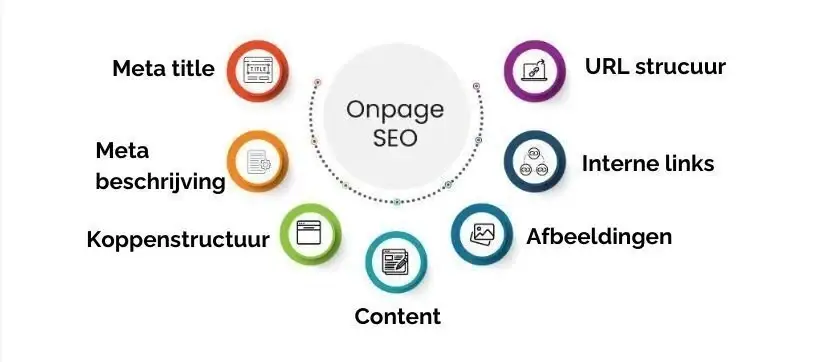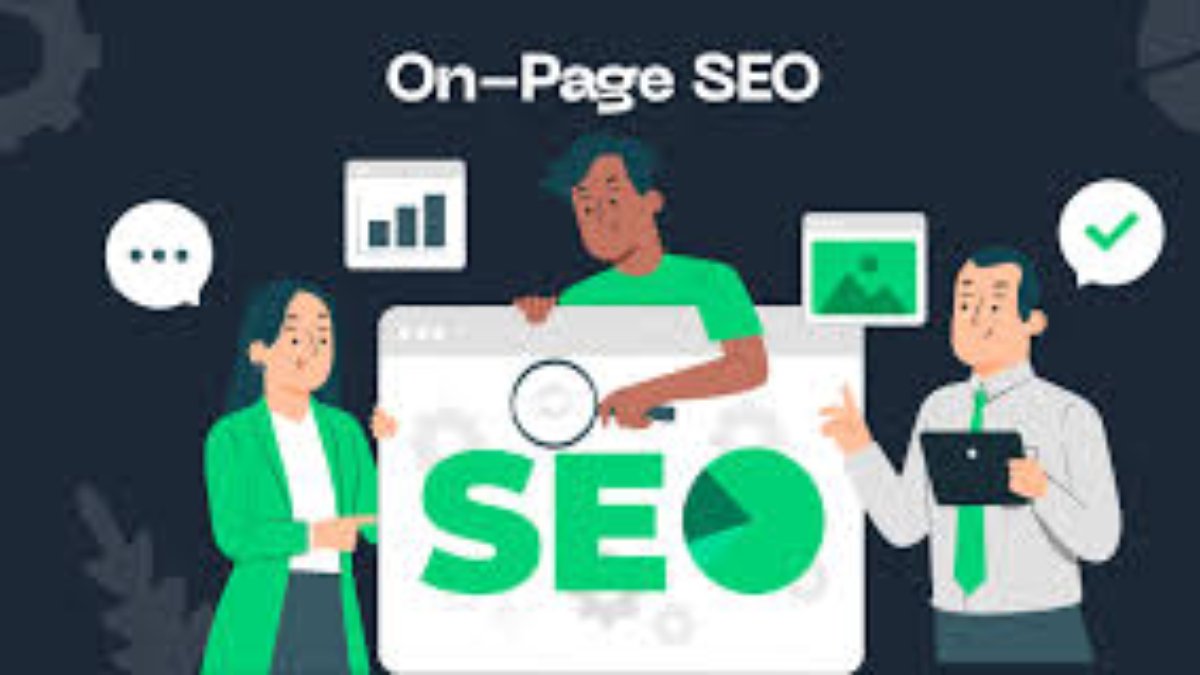On Page SEO Strategies That Actually Work
When website owners dive into the world of search engine optimization, they often discover that on-page SEO techniques form the foundation of any successful digital marketing strategy. Unlike off-page efforts that depend on external factors, on-page SEO techniques give webmasters direct control over their search rankings. Understanding and implementing these on-page SEO techniques can dramatically improve a website’s visibility, and the best part is that anyone can master these on-page SEO techniques with the right guidance.
Table of Contents
Understanding the Fundamentals of On-Page Optimization
On-page SEO techniques represent the practice of optimizing individual web pages to rank higher in search engines and earn more relevant traffic. Many digital marketers have found that focusing on these foundational elements creates a solid base for all other SEO efforts.
The Difference Between On-Page and Off-Page Strategies
Before diving deeper, it’s essential to understand on-page SEO vs. off-page SEO. While off-page SEO focuses on building authority through external signals like backlinks and social media mentions, on-page optimization concentrates on elements that website owners can directly control within their own pages.

Mastering Title Tags for Maximum Impact
Title Tag Optimization Essentials
Title tag optimization serves as one of the most critical ranking factors that search engines consider. When visitors see search results, the title tag appears as the clickable headline, making title tag optimization crucial for both SEO and user experience. Effective title tag optimization involves crafting titles that include target keywords while remaining compelling and under 60 characters. Smart marketers know that title tag optimization can significantly impact click-through rates from search results.
Crafting Compelling Meta Descriptions
Meta Description Best Practices for Higher Click-Through Rates
Meta description best practices involve creating summaries that entice users to click while providing search engines with context about page content. Following meta description best practices means keeping descriptions between 150-160 characters and including primary keywords naturally. The most effective meta description best practices focus on addressing user intent and highlighting unique value propositions. When implemented correctly, meta description best practices can improve organic click-through rates substantially.
Structuring Content with Header Tags
Header Tag Structure for Better Organization
A well-planned header tag structure helps both users and search engines understand content hierarchy and importance. The ideal header tag structure starts with a single H1 tag followed by H2, H3, and subsequent headers in logical order. Maintaining consistent header tag structure throughout a website creates better user experience and clearer content organization.
How to Optimize H1 Tags for SEO
How to optimize H1 tags for SEO involves creating descriptive, keyword-rich headlines that accurately represent page content. The most effective approach for how to optimize H1 tags for SEO includes using primary keywords naturally while keeping the tag unique and compelling.
Strategic Keyword Implementation
Keyword Placement Strategy That Works
Developing an effective keyword placement strategy requires understanding where and how often to use target keywords throughout content. A successful keyword placement strategy distributes keywords naturally across titles, headers, body content, and meta elements. The best keyword placement strategy focuses on user experience rather than keyword stuffing.
Understanding Latent Semantic Indexing (LSI) Keywords
Latent Semantic Indexing (LSI) keywords help search engines understand content context and topic relevance. These related terms and phrases support primary keywords and create more comprehensive content coverage.
Technical SEO Elements
URL Slug Optimization for Better Rankings
URL slug optimization involves creating clean, descriptive URLs that include target keywords when appropriate. Effective URL slug optimization keeps URLs short, readable, and free from unnecessary parameters. Many successful websites benefit from proper URL slug optimization by making their pages more accessible to both users and search engines.
Creating SEO-Friendly URLs
SEO-friendly URLs use clear, descriptive words that help users and search engines understand page content before visiting. The best SEO-friendly URLs avoid complex parameters and include relevant keywords naturally.
Image Alt Text SEO Implementation
Image alt text SEO helps search engines understand visual content while improving accessibility for users with disabilities. Proper image alt text SEO includes descriptive text that explains image content and context. Implementing image alt text SEO correctly can also help images appear in relevant image search results.
Content Structure and Readability
Content Readability Tips for Better Engagement
Following proven content readability tips ensures that visitors can easily consume and understand website content. The most effective content readability tips include using short paragraphs, bullet points, and clear language that matches the target audience’s reading level.
Semantic HTML for SEO Benefits
Using semantic HTML for SEO involves implementing proper HTML tags that provide meaning and structure to content. Correct semantic HTML for SEO implementation helps search engines better understand content hierarchy and context.
Advanced On-Page Techniques
Internal Linking Best Practices
Internal linking best practices involve connecting related pages within a website to distribute authority and help users discover relevant content. Following internal linking best practices can improve user engagement and help search engines crawl and index pages more effectively.
Canonical Tags Usage for Duplicate Content
Canonical tags usage helps prevent duplicate content issues by specifying the preferred version of similar pages. Proper canonical tags usage ensures that search engines understand which page should receive ranking credit when multiple similar pages exist.
Schema Markup for SEO Implementation
Schema markup for SEO provides search engines with additional context about page content, potentially leading to rich snippets in search results. Implementing schema markup for SEO can help pages stand out in search results and improve click-through rates.
Mobile and Technical Considerations
Mobile-Friendly Content Optimization
Creating mobile-friendly content has become essential as mobile searches continue to dominate. Mobile-friendly content ensures that pages load quickly and display properly across all device types.
Tools and Analysis
Best Tools for On-Page SEO Analysis
Using the best tools for on-page SEO analysis helps identify optimization opportunities and track performance improvements. The best tools for on-page SEO analysis provide insights into technical issues, content gaps, and ranking potential.
Conclusion
Mastering these on-page optimization strategies requires consistent effort and attention to detail. Website owners who implement these techniques systematically often see significant improvements in their search engine rankings and organic traffic. The key lies in focusing on user experience while satisfying search engine requirements, creating content that serves both audiences effectively.
Remember that successful SEO is an ongoing process that requires regular monitoring, testing, and refinement. By focusing on these fundamental on-page elements, website owners can build a strong foundation for long-term search engine success.


Add a Comment